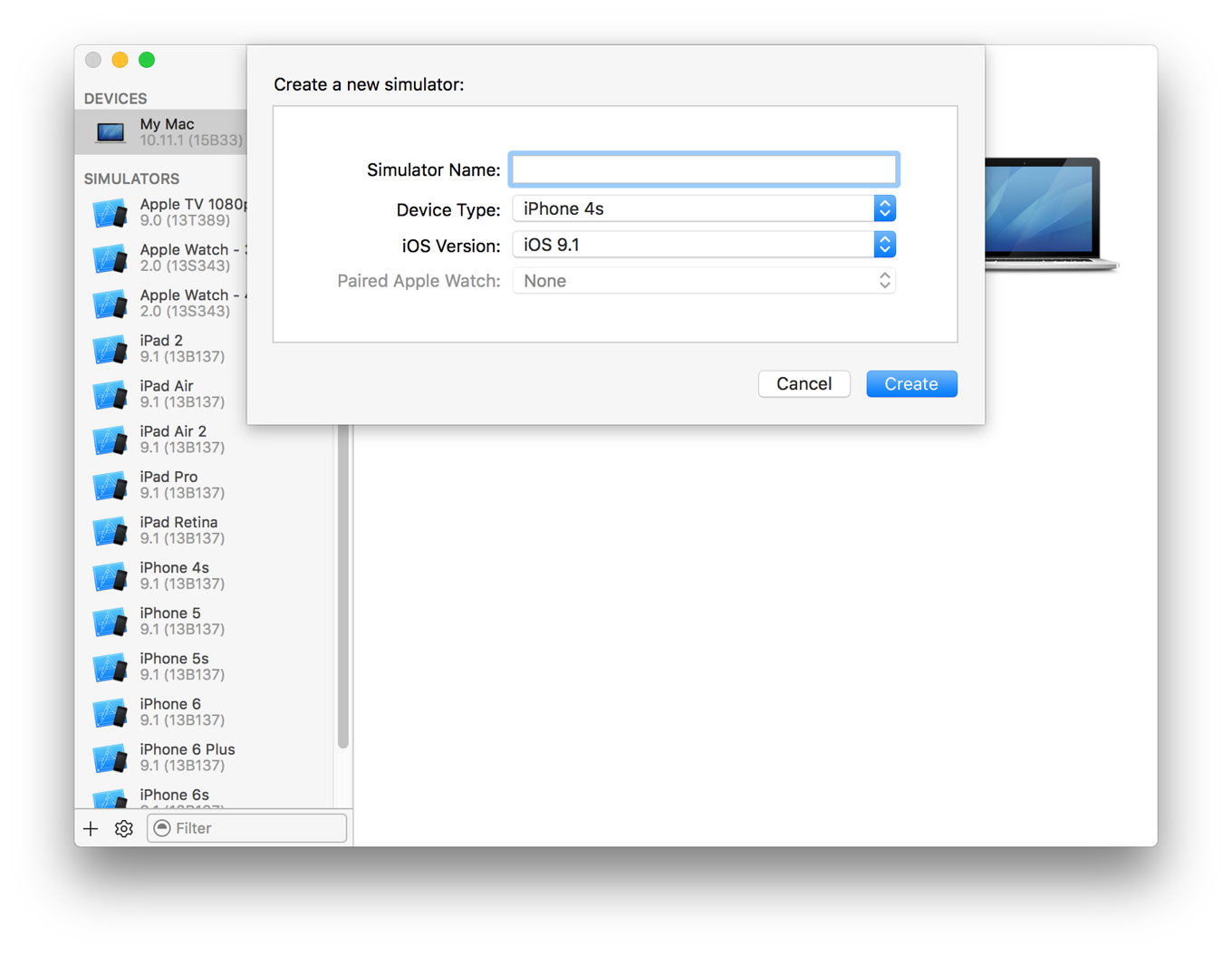


Configure & Make in OS Xįirst, you need to download the project source code, you can find it here.
Os x simulator for windows how to#
ok, that’s enough for introduction, let’s see how to “make” it! In the rest of topic, I’m trying to build bochs-2.9. Bochs is an open-source program and in order to use some features like instrumentation and other optimization you need to compile it by your self, more than that you can edit the source code for researching because Bochs have lots of cool features that can be manipulated in order to better optimize your needs, so I prefer to compile it rather than downloading its binaries. Even though Bochs is really slow but it gives us other benefits that worths using the emulator like Instrumenting an operating system kernel which I described in Bochs Emulator – Debug & Instrument. Bochs was developed purely in the C++ language for interpreted x86 instruction execution and platform emulation.īecause of instructions doesn’t directly execute on a Bochs machine, It is too much slower than CPU on virtualization so Bochs comes at the cost of performance. But Bochs also achieves efficient emulation (up to 100 million instructions per second on a modern processor) while also being portable. Java technology implements just-in-time (JIT) compilation to work around some of the inefficiencies, similar to Transmeta and numerous other emulation solutions (including QEMU, another platform emulation solution similar to Bochs). Emulation is somehow like high-level programming languages like Java when using its bytecode or.
Os x simulator for windows software#
One of the benefits of emulation rather than virtualization is that you can execute instructions of old discontinued CPU structures in modern CPU or run Intel’s instructions on an AMD CPU or vice versa, more than that Bochs developers try to make Bochs devices like virtualization software devices.They provide keyboard, speaker, cdrom, disk, floppy, network device and etc. Bochs is an x86 – x86-64 multiplatform emulator that provides emulation of CPU Instruction Fetching without using Hypervisor technologies like Intel’s VT-x and AMD-V.


 0 kommentar(er)
0 kommentar(er)
